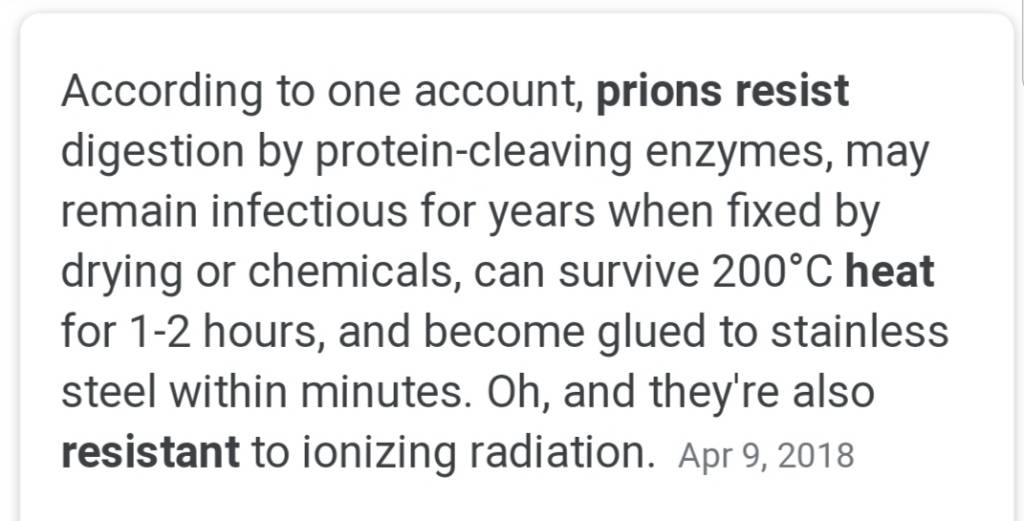Or repitch 5 times using a single packet and feel like you've saved money. I feel like this thread is derailing. We all know that it's possible to buy a bunch of small packs of yeast without a starter. Because money is a thing for some people, that's a non-starter ... pun intended.
I don't think it's derailing - I offered up the idea because your concern was whether you had time to build up the size of starter you want, which I don't think you do, if you want to do it right (build up, crash, decant, build up again, crash, decant).
That leaves you with four options as I see it:
1: underpitch (I would not recommend it for a lager you are putting so much work and resources into)
2: hasty starter buildup without decanting properly (up to you, but like underpitching, I'd prefer not to take potentially flavor-affecting shortcuts like pitching spent starter wort into a beer I've put so much time and resources into)
3: Push back brew day to another weekend
4: Buy enough yeast to make up for that which you don't have time to cultivate. The cost can be offset by careful harvesting and reuse of that yeast for other batches. I did exactly that a few months ago, buying 5 packs of one yeast and pitched it. I have harvested and re-used that yeast on four subsequent batches and plan to do more with it, so I will end up using less than one bought pack per batch, depending how long I can keep the culture going.
Obviously it's your call - we all have to make tradeoffs in our brewing process based on our priorities and available resources.
















![Craft A Brew - Safale BE-256 Yeast - Fermentis - Belgian Ale Dry Yeast - For Belgian & Strong Ales - Ingredients for Home Brewing - Beer Making Supplies - [3 Pack]](https://m.media-amazon.com/images/I/51bcKEwQmWL._SL500_.jpg)











































